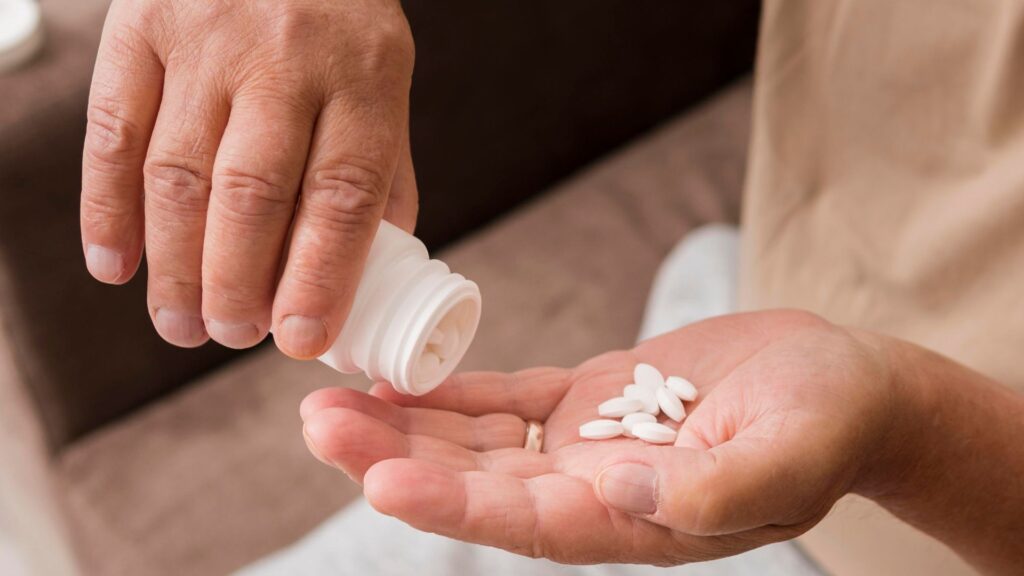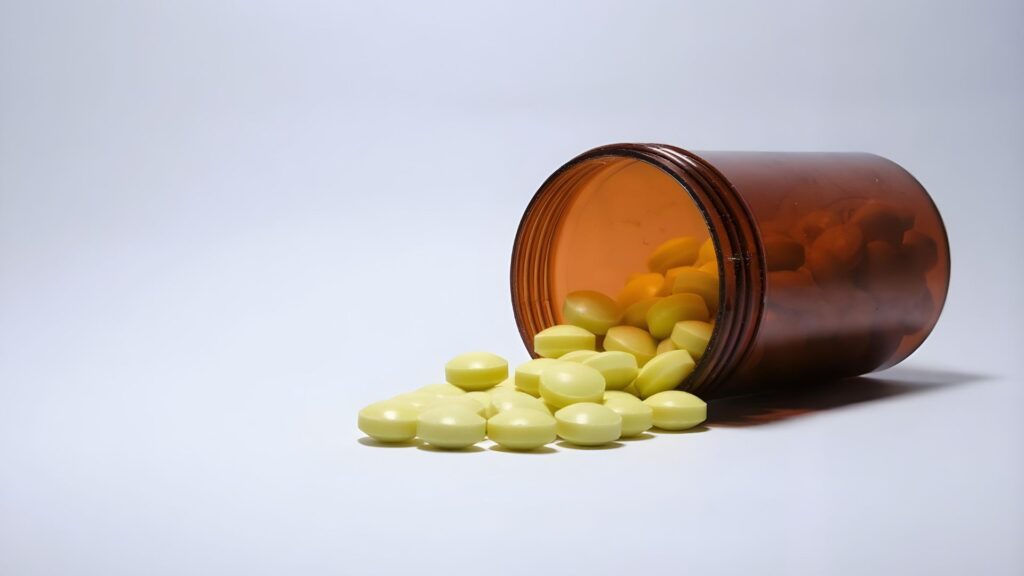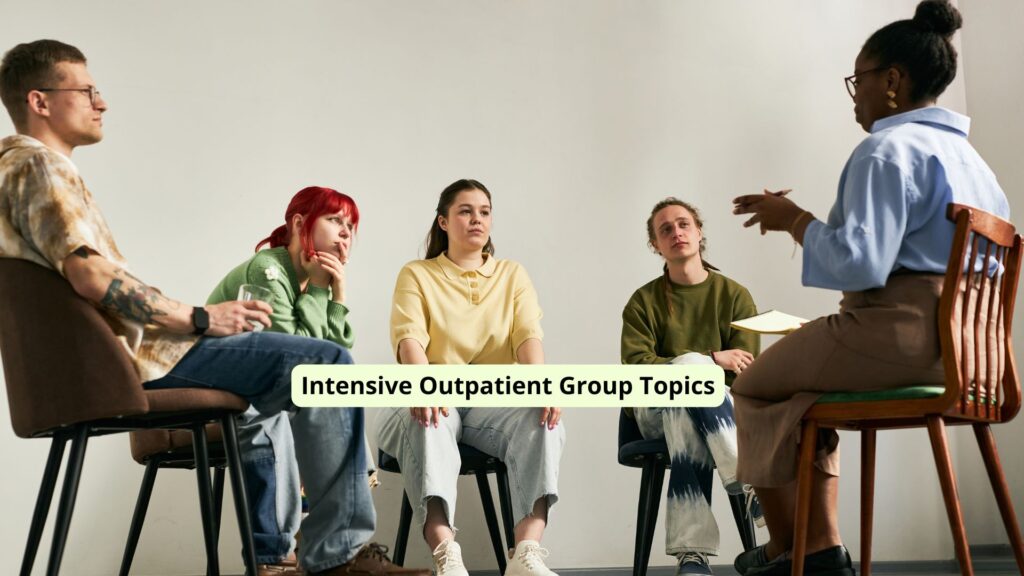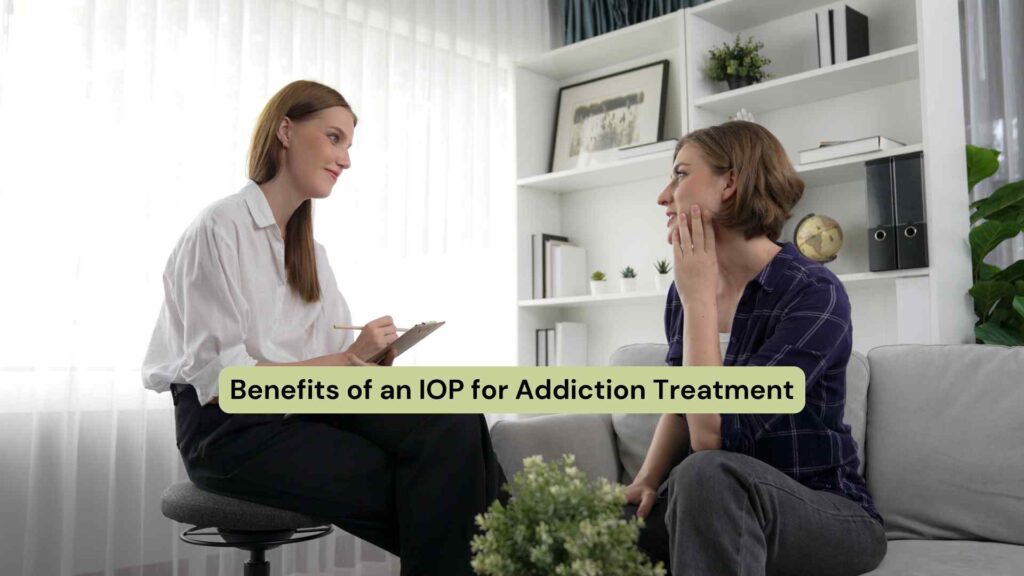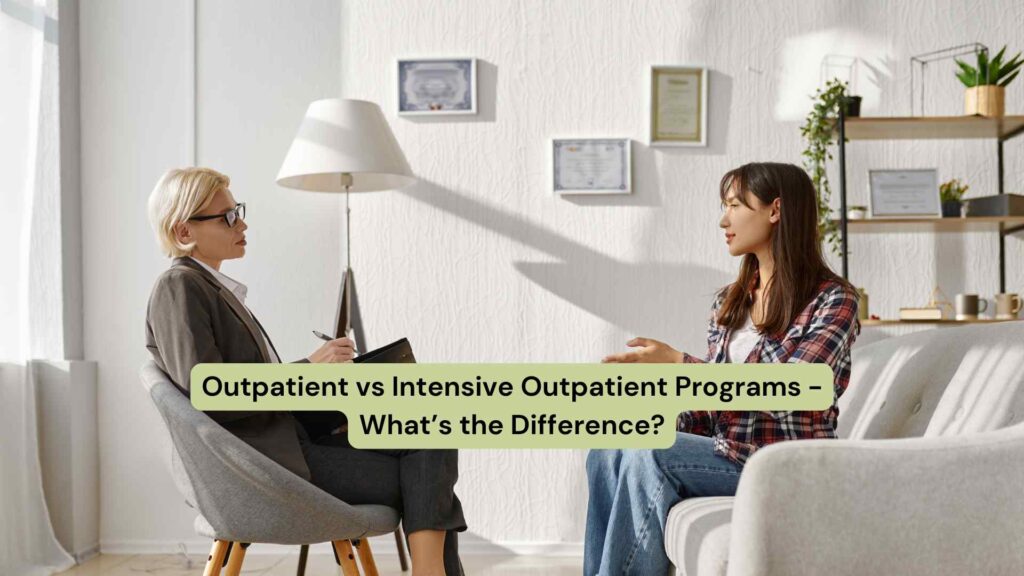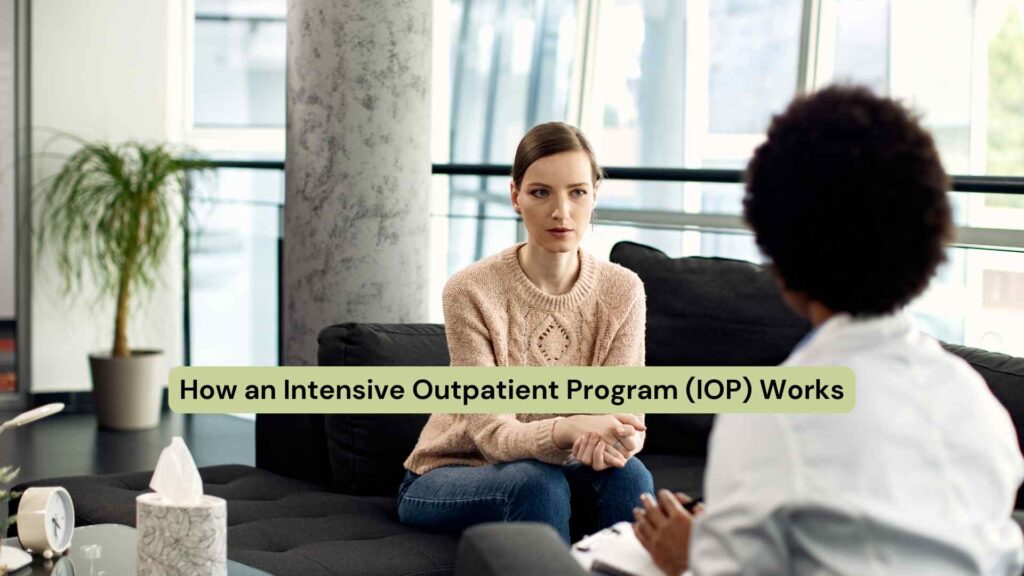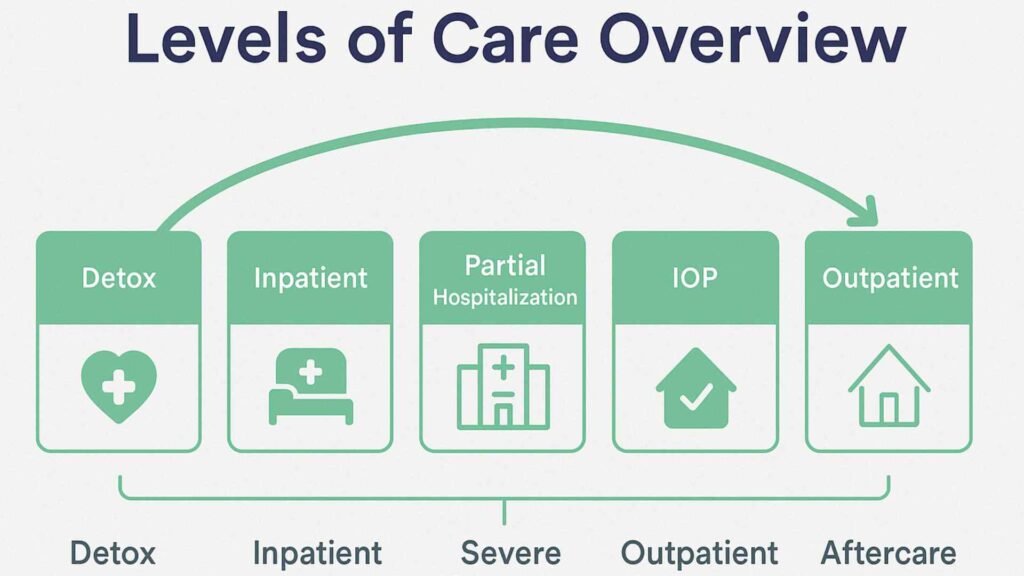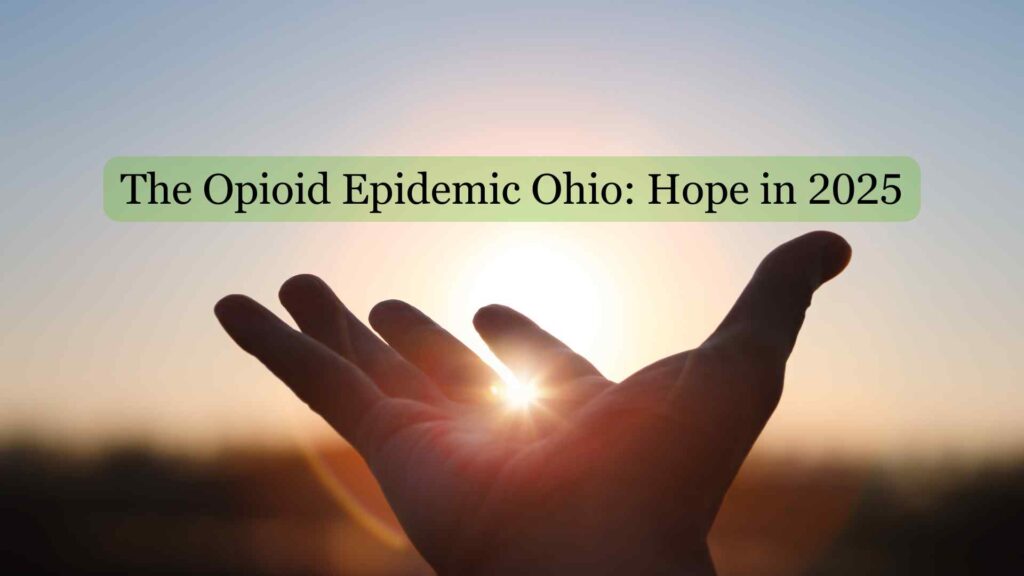Addiction treatment has evolved significantly over the past few decades, moving beyond short-term detox or abstinence-only models. Today, evidence-based approaches focus on addressing both the biological and psychological aspects of substance use disorders. One of the leading methods is Medication-Assisted Treatment (MAT), which has been endorsed by major health organizations for its effectiveness in supporting recovery.
This article explains the role of MAT in modern addiction care, the science behind its use, and how it continues to change outcomes for individuals and communities affected by opioid and alcohol dependence.

Understanding Medication-Assisted Treatment
Medication-Assisted Treatment is an evidence-based approach for treating substance use disorders, especially opioid and alcohol dependence. It combines FDA-approved medications with counseling and behavioral therapies to reduce cravings, manage withdrawal symptoms, and support recovery.
Recognized by organizations such as the Substance Abuse and Mental Health Services Administration (SAMHSA) and the National Institute on Drug Abuse (NIDA), MAT is considered one of the most effective treatment methods available today.
How MAT Works in Treating Addiction
Addiction changes the brain’s reward and decision-making systems, leading to compulsive substance use even in the face of harmful consequences. MAT helps stabilize these brain functions through medications that act on the same receptors as opioids or alcohol in controlled ways. Unlike illicit substances, these medications do not produce intense euphoric effects when taken as prescribed. Instead, they reduce withdrawal discomfort, minimize cravings, and block the rewarding effects of drugs or alcohol.
When paired with behavioral therapies—such as cognitive-behavioral therapy (CBT), contingency management, and peer support—MAT addresses both the biological and psychological components of addiction. This integrated approach improves treatment retention, reduces relapse rates, and increases long-term stability.
Medications Commonly Used in MAT
Several FDA-approved medications are available to support individuals in recovery, with each serving a unique role:
- Methadone – A full opioid agonist that reduces cravings and withdrawal symptoms, typically dispensed in specialized clinics.
- Buprenorphine – A partial opioid agonist that eases withdrawal and cravings without producing a strong high; often available in outpatient settings.
- Naltrexone – An opioid antagonist that blocks the euphoric effects of opioids and alcohol; available in oral or monthly injectable forms.
- Acamprosate – Used for alcohol dependence, it helps restore balance in brain chemistry and reduces post-acute withdrawal symptoms.
- Disulfiram – Prescribed for alcohol use disorder, it discourages drinking by causing adverse reactions when alcohol is consumed.
The choice of medication depends on a comprehensive clinical assessment and is most effective when combined with ongoing therapy and support.

Benefits of Medication-Assisted Treatment
- Reduced risk of overdose – MAT lowers the likelihood of opioid-related overdose deaths.
- Improved treatment retention – Patients receiving MAT are more likely to remain engaged in recovery programs.
- Decreased illicit drug use and criminal activity – Stabilization reduces the harms of ongoing substance use.
- Greater employment and social stability – Many individuals report improvements in work performance, relationships, and quality of life.
- Support for pregnant women – MAT helps reduce pregnancy-related complications and improves infant health outcomes.
Research consistently shows that MAT improves recovery outcomes while also reducing risks associated with untreated addiction.
Myths and Misconceptions About MAT
One common myth is that MAT simply replaces one drug with another. In reality, medications like methadone and buprenorphine are carefully prescribed to stabilize brain chemistry without producing intoxication. Another misconception is that MAT is only for short-term detox, when in fact many individuals benefit from it as a long-term or even lifelong treatment.
Finally, some believe MAT prevents “real recovery.” Research demonstrates the opposite: MAT reduces relapse rates, improves long-term outcomes, and enhances overall quality of life. Addressing these myths is essential to reducing stigma and expanding access to care.
How to Find the Right MAT Provider
Choosing a reputable MAT provider increases the likelihood of achieving long-term recovery.
Accessing MAT typically begins with locating providers who specialize in addiction treatment. Options include outpatient clinics, rehab centers, and telehealth programs. Local health departments and national hotlines can also provide referrals.
When seeking a program, it is important to ensure that the provider offers:
- A full range of FDA-approved medications
- Integration of counseling and behavioral therapies
- Individualized treatment planning
- Ongoing monitoring and support by licensed professionals
Final Thoughts from Abundance Treatment
Medication-Assisted Treatment is a research-supported method for addressing opioid and alcohol use disorders. By integrating FDA-approved medications with counseling and behavioral therapies, MAT targets both the physical symptoms of dependence and the psychological factors that contribute to addiction.
At Abundance Treatment in Toledo, Ohio, MAT is offered as part of a comprehensive recovery approach. Each treatment plan is personalized, combining medication management with therapy, counseling, and community support. This integrated model is designed to help both adult and adolescent individuals stabilize, build resilience, and work toward long-term recovery.




